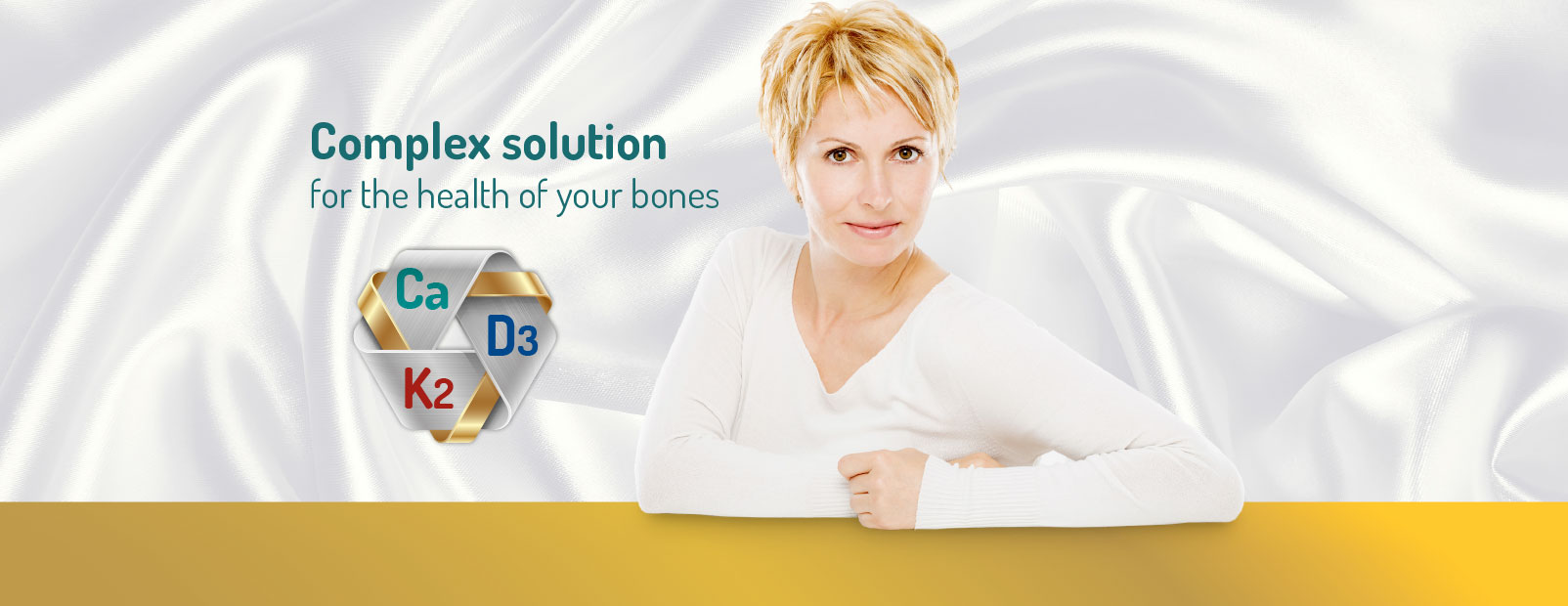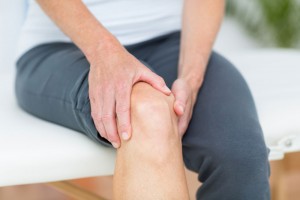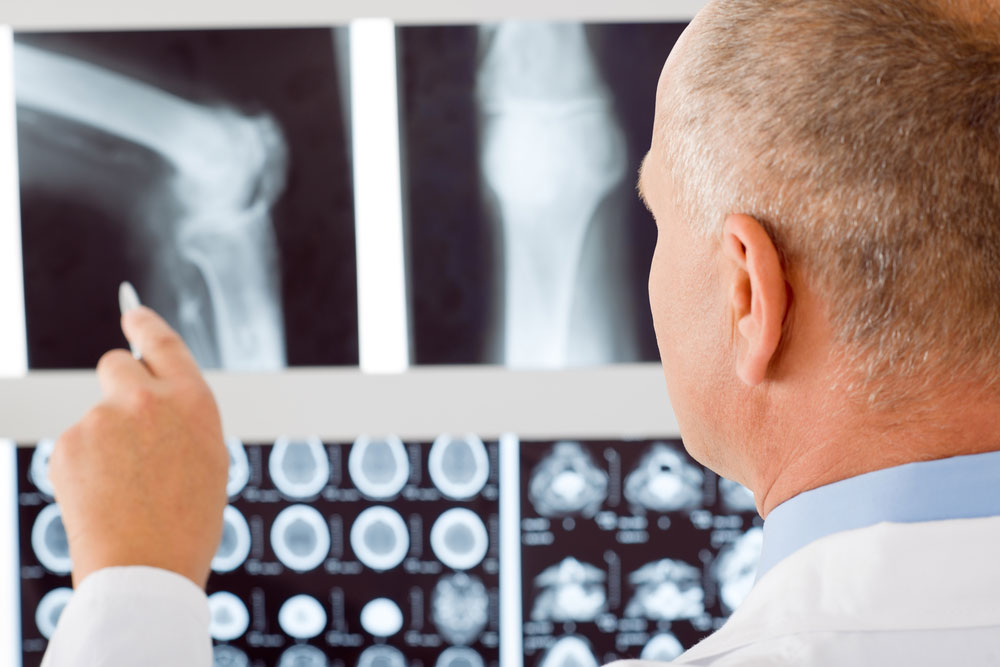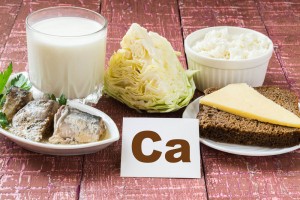Osteoporosis (bone thinning) is a metabolic bone disorder in which bone mass decreases, and this disorder of bone structure increases the risk of fractures. The critical periods for risk of osteoporosis are particularly menopause and aging. You can however avoid development of osteoporosis if you start with prevention early, already in childhood and in adolescence up to 35 years of age. Particularly important is physical activity, balanced diet and adequate intake of calcium, and vitamin K2 and D3.
The incidence and severity
It is estimated that, nowadays, one in three women and one in six men over 50 years of age are threatened by development of osteoporosis and its consequences. This disease affects approximately 8% of the population, and also, besides that it is called an epidemic of the third millennium, it is also one of the civilization diseases.
Osteoporosis is considered to be serious not for itself but for its complications, which are bone fractures. The most frequent fractures are fractures of the forearm, vertebrae, upper end of humerus and femur. The most feared of these all is undoubtedly the hip fracture. It is fatal in one third of people in one year after fracture because of complications associated with fracture. In another one third of people it leads to dependency on other people and only one third of people, after hip fracture due to osteoporosis, is able to take care of themselves alone after recovery from the fracture. This fracture is also in 7th place of the most common causes of death in hospitalized people in Slovakia.
Prevention
The development of osteoporosis can be, to some extent, prevented. There are factors that we cannot influence, but some factors, that are responsible for development of osteoporosis, we are able to control. Inheritance is one significant factor responsible for development of osteoporosis and menopausal women are especially at risk.
Risk factors:
- genetic predisposition
- Gender
- Age
- Race
- Premature menopause onset before 45 years of age
- life style
- Insufficient intake of calcium and other nutrients
- No physical activity or inappropriate activity according to age and health status
- No sunbathing
- Smoking
- Alcohol intake
- Certain medications, such as corticosteroids
- Stress
Calcium, besides other nutrients, is important for bone formation. If there is a calcium deficiency in the blood, the body will take calcium from its storage in the bones, which leads to the thinner and more fargile bones. Therefore, if a diet does not contain enough calcium, it is necessary to supplement calcium in a different form. The most ideal supplementation is a combination of natural calcium with vitamin D3 and K2.
Signs and diagnosis
Osteoporosis in its early stages does not hurt and it is therefore also called as a silent thief of bones. The increased breakdown of bone tissue is not visible but usually people in older age loose 1-3% of bone mass per year. Many patients do not know that they suffer from osteoporosis. It is a long-term process until the bones weaken so much that they break. And bone fracture usually reveals osteoporosis.
In case of suspected osteoporosis doctor performs several tests and based on them orders the therapy. Family history and past medical history are important for revealing risk factors of osteoporosis. After taking medical history, physician performs physical exam and carries out laboratory exams of blood and urine. The fundamental part of diagnosis of osteoporosis is densitometry of the lumbar spine and the upper femoral bone to determine the bone density. Doctor may also order the X-ray exam of the skeleton, the most frequently the spine region.
The bones are affected not only by osteoporosis
- Osteomalacia is softening of the bones due to a lack of vitamin D. Unlike osteoporosis, the disease is accompanied by bone pain and also muscle weakness might be observed. The prevention of osteomalacia is sufficient sun exposure, and sufficient intake of vitamin D and calcium.
- Osteopenia is a kind of intermediate state between normal and osteoporotic bone. It is not even a disease, but it is a clear sign of bone loss. For prevention of osteopenia, especially importatnt is accurate physical activity and sufficient amount of vitamin D and calcium in a diet.
The treatment
Osteoporosis is treated by specialists and in most of the cases, the treatment is long lasting and even lifelong. The specialist decides to initiate the therapy based on the examination results and other factors such as age and other illnesses are taken into consideration, as well. The fundamental aim of the treatment is prevention of fracture, especially in people who have not experienced it yet. The situation is more complicated in the patients with a past history of fracture. In any case, the doctors effort is to delay to develop another fracture.
Several drugs are used in the treatment of osteoporosis. The drugs are taken at various intervals (once a day, once every month, once every six months, etc.), and also in different forms (tablets, powder, subcutaneous injections, etc.):
- Bisphosphonates
- Selective estrogen receptor modulators
- Vitamin D, vitamin D metabolites
- Strontium ranelate
- Parathyroid hormone
- Calcium
As with many other diseases, the patient plays a major role in the treatment process. Regular use of prescribed treatment and following the doctor’s instructions is usually very difficult in a long run. The use of calcium and vitamin D3 is necessary in each prescribed treatment in order to restore strength and structure of the bones. Concomitant use of vitamin K2 is beneficial for directing the calcium into the bone.













